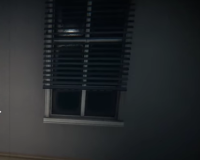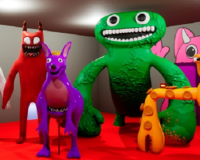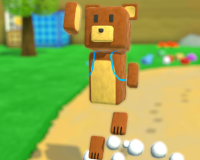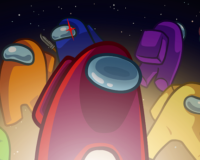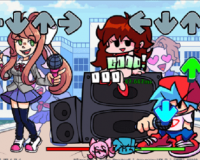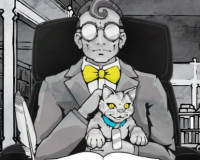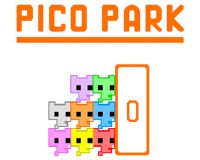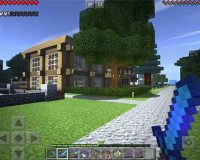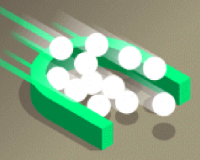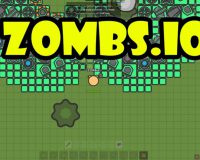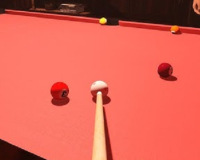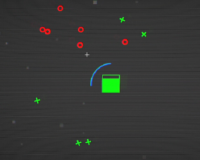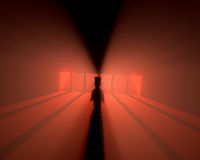
Advertisement
Metal Undergrowth
Metal Undergrowth begins with an accident that forces the player into an unfamiliar environment below the surface. A transport unit collapses into a maze of metal roots and forgotten machinery. The player wakes inside the wreckage, surrounded by structures that look mechanical but behave like living systems. The objective is simple: fix the damaged capsule and leave. Yet, the more time spent underground, the clearer it becomes that the environment is not passive. It observes, adapts, and responds to every attempt at movement. The story unfolds without dialogue, relying on interaction to show how the world functions.
The Search for Materials
The core of Metal Undergrowth is resource collection and reconstruction. The player explores tunnels and mechanical growths in search of components that can repair the capsule. Creatures inhabit these areas—metallic hybrids with behaviors linked to the machinery around them. Some are harmless, some react defensively. Gathering parts is both a risk and a necessity. The player learns to map the structure mentally, marking areas that contain valuable resources. The deeper zones hold stronger materials but also higher danger. Balance between progress and retreat defines every decision.
The Cycle of Function
Each stage of Metal Undergrowth follows a clear operational rhythm:
- Explore connected chambers and corridors for hybrid creatures.
- Extract mechanical and organic materials from captured entities.
- Return to the capsule to install upgrades and restore systems.
- Unlock deeper levels through repaired modules.
- Continue the process until full power is restored.
This cycle creates progression through repetition. Every return to the capsule transforms both the player’s condition and the environment’s state, linking survival to growth.
The Changing Depths
As the game advances, the world’s behavior alters. Mechanical vines spread through corridors, and previously stable areas shift shape. Some structures begin to pulse like organs, producing energy that interferes with navigation. The atmosphere becomes heavier, not through fear, but through density of interaction. The capsule evolves as well, gaining new capabilities that influence how materials are gathered. The system begins to feel reciprocal—each improvement on the player’s side awakens new reactions underground.
The Closing Sequence
Metal Undergrowth ends when the capsule reaches operational stability. The player can ascend, but the ending is uncertain. The act of leaving feels incomplete, as if the world continues to function without pause. The machine and the organism have already merged, and so has the player’s role within it. Repairing the capsule was an act of imitation, copying the process that the structure itself performs endlessly. Escape is achieved, but integration remains. The undergrowth keeps expanding, and the sound of machinery continues long after the screen fades.






